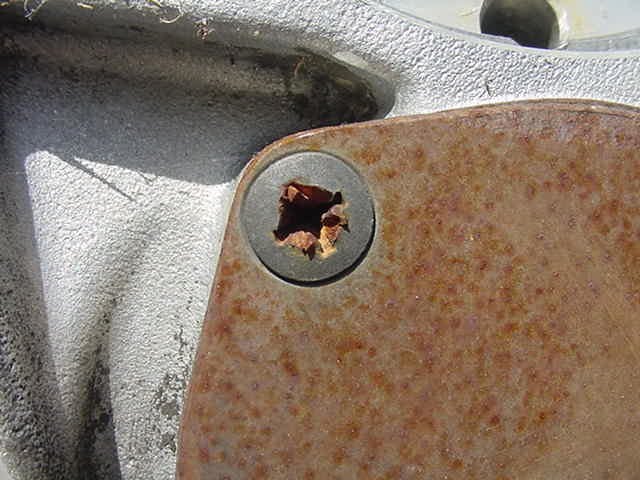Introduction
We’ve all been there. You’re in the middle of a DIY project or repairing something, and you encounter a stripped screw. That once cooperative piece of metal refuses to budge, and you’re left wondering, “Now what?” Don’t fret. In this guide, we’ll break down why screws strip and offer step-by-step methods to remedy the situation.
Why Screws Strip
Materials and design
Not all screws are created equal. Some are made from softer metals or have shallow grooves, making them more prone to stripping. Over time, even the sturdiest screws can wear down, especially with frequent use.
User error
Sometimes, the problem lies with us. Using the wrong screwdriver size or applying uneven pressure can cause a screw to strip. It’s like trying to fit a square peg into a round hole; it just won’t work.
Initial Prevention
Right tools
Always match the screwdriver to the screw head. This simple step can save you a lot of headaches in the future. Remember, the better the fit, the less chance of stripping.
Proper technique
When screwing, apply steady pressure and turn slowly. It might sound like common sense, but in the rush of the moment, it’s easy to forget.
Methods to Remove a Stripped Screw
Rubber band technique
Place a rubber band over the stripped screw head. Press your screwdriver into the rubber band and turn counter-clockwise. The rubber should grip the screw, allowing it to turn.
Flathead screwdriver method
If the screw isn’t too stripped, you can try using a flathead screwdriver. Place it into one of the grooves and turn slowly. Sometimes, this simple solution can do the trick.
Using pliers
If some part of the screw head is protruding, grip it with needle-nose pliers and turn. Ensure you have a firm grip so the screw doesn’t slip further.
Commercial screw extractors
These are specially designed tools made to grip stripped screws. They can be a lifesaver in tight situations, especially when other methods fail.
Safety First
Goggles and gloves
Before attempting any removal, ensure you’re wearing safety goggles and gloves. You never know when a tool might slip or a screw might fly.
Work in a well-lit area
It’s crucial to see what you’re doing clearly. The better you can see, the safer and more effective you’ll be.
Conclusion
Stripped screws can be a real pain, but with the right knowledge and tools, they don’t have to halt your project. Remember to practice prevention, but if you do encounter a stripped screw, now you’ve got several methods up your sleeve to tackle the issue. So the next time you’re faced with this challenge, think back to this guide, and you’ll know just what to do.
FAQs
- Can any stripped screw be removed?
- Most stripped screws can be removed using one or more of the techniques mentioned. However, some might require professional assistance, especially if they’re deeply embedded.
- How can I prevent screws from stripping in the first place?
- Using the right tools and techniques is essential. Ensure the screwdriver matches the screw head, and always turn slowly with even pressure.
- Are there any household items I can use if I don’t have a rubber band?
- Yes, a piece of cloth, steel wool, or even a plastic shopping bag can provide the grip needed to turn a stripped screw.
- Do screw extractors work on all types of screws?
- Most screw extractors are versatile and work on various screws. However, always check the extractor’s specifications to ensure compatibility.
- Is it worth replacing old screws to avoid potential stripping?
- If screws show signs of wear or damage, it’s a good idea to replace them before they become a problem.

Leave a Reply
You must be logged in to post a comment.